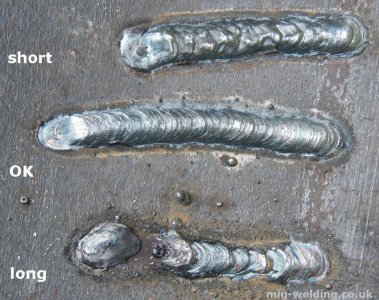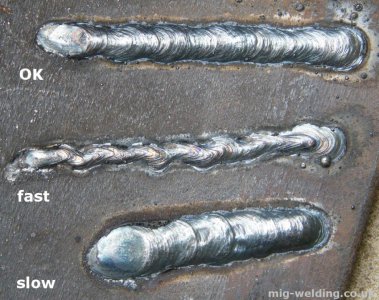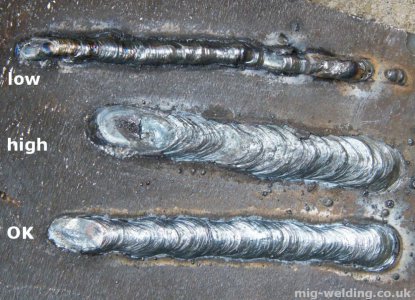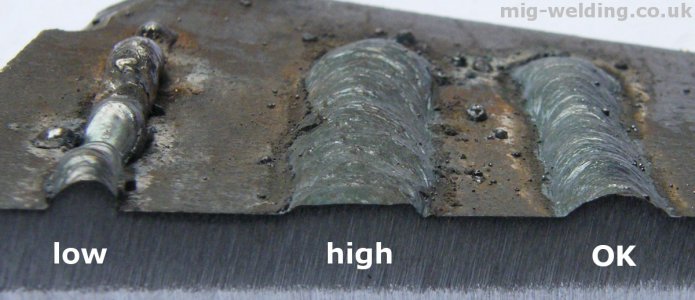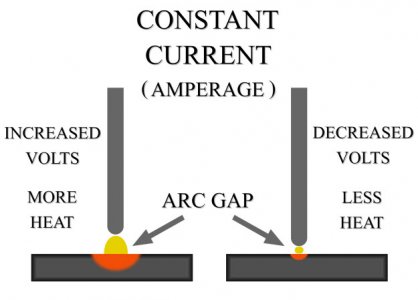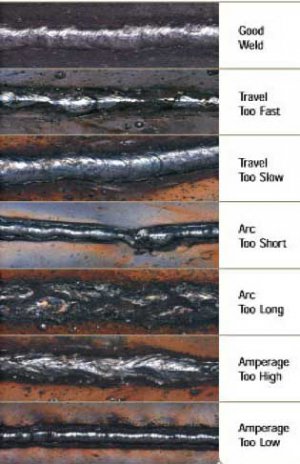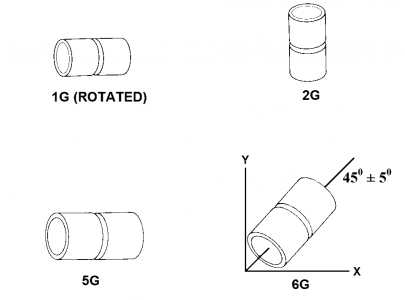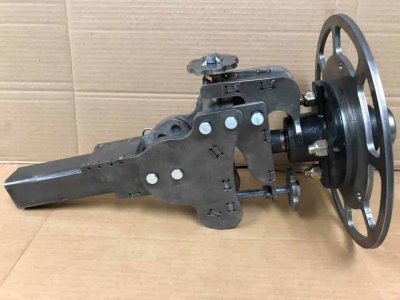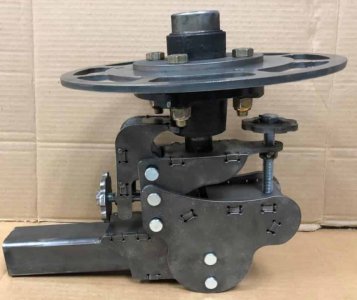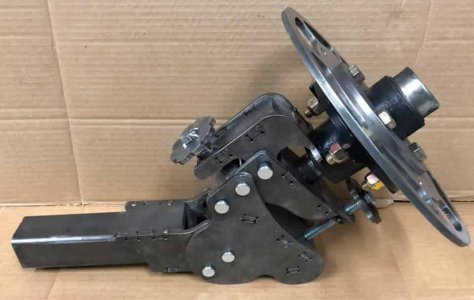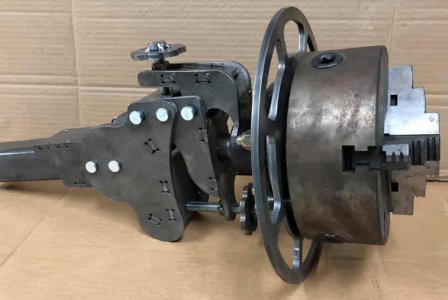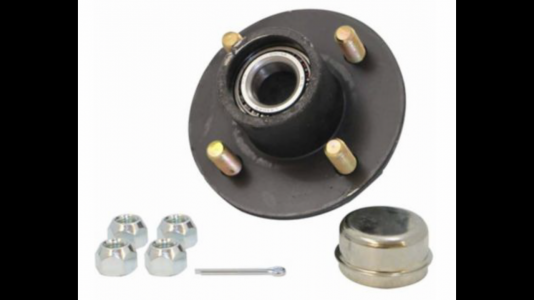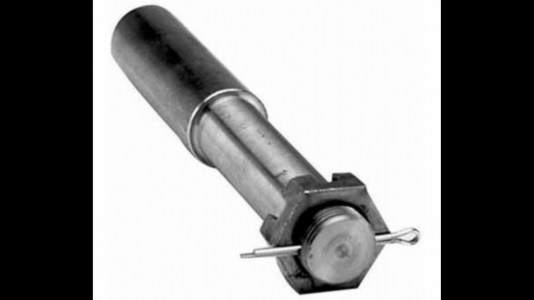- Joined
- Sep 8, 2019
- Messages
- 4,392
Excellent tips, thank you.Just a suggestion on your welds. It looks like your moving too fast when applying the rod. The overlaps are way too far a part . Looks like you might be digging into the work. Slowdown and reduce your amperage, there seems to be a lot of under cut on the edges. Your rod angle also looks to be off it should be 45 degrees to the work in both vertical and horizontal. Try some flat welds till you get the speed and angles correct, then move on to other positions. The root pass can be 3/32 6010 rod with the filler and cap being 1/8 7018, just adjust the amperage to the rod size. also be sure to check your polarity electrode is DC+ ground -. Although 7018 can be used with reverse polarity, I find electrode + results in better flow. 7018 is also ok for AC or DC. DC being better for overhead.
I definitely need to turn down the amperage! The fast speed is definitely a function of the amperage being set too high (3/32” 6010 at 80A).
One reason I might be digging into the work is because I always wear 2.5X cheaters (and sometimes 3X or 5X glasses). If I were to achieve an optimal arc length, it would be magnified 2.5X (or 3X, or 5X) & look like a long arc. This is why I dip tungsten a lot; I need to remain mindful that what I am looking at is greatly magnified.
Same phenomenon (vis a vid the magnification) for “digging in”, which I am *definitely* doing. The magnification has me running a very, very short arc. With 7018, I sometimes catch myself dragging the end of the electrode along the bottom of the root; that is too tight of an arc!
I did check on Saturday night (when my buddy was having a *really* hard time striking an arc) that the machine is set to DCEP. It was & still is set to DCEP. I only use 6010 & 7018, & I always set the machines to DCEP.
I sure notice that things weld much nicer once the weldment is heated up.
Last edited:

